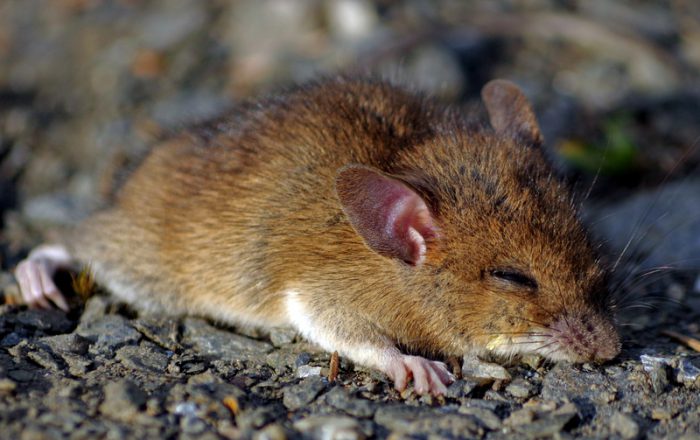A pair of new studies on mice claim to have found the part of their brains that sends them into a hibernation-like mode called torpor.
No, it's not a switch labelled "Sleepy Time". But it is a trigger that sends these animals to a state that is very useful for survival. And researchers are keen to learn as much as possible about how the brain sends an animal into torpor.
Especially to figure out if humans could be made to enter the same state one day.
What is torpor?
Low power mode in electronics helps us avoid this. Torpor in animals is a similar idea. (Getty Embed)
Torpor is similar to hibernation—the long, deep sleep animals like bears use for months at a time to survive winter—but it is much more brief. It is a lot like the energy-saving mode that devices like smartphones and tablets send themselves into when their battery is low. You shut down all the extra bells and whistles—screen lighting, extra apps, etc.—so that the remaining energy is focused on one thing: Keeping the device up and running until it can get recharged.
In the case of an animal like a mouse, torpor is entered when the creature hasn't been able to eat for a long period, usually around 24 hours or more. The mouse's body temperature, breathing, and heart rate all lower and its metabolism (a.k.a. fat burning—fat is an animal's 'battery') goes way down. Torpor can only last a few hours. But it helps the animal save energy until its next meal.
Why would humans need torpor?
Studies have shown that when parts of the mouse's brain known as the Q neurons are activated, the animal enters torpor. This doesn't mean that sending humans into torpor is as simple as copying and pasting these instructions into our own brains. But it does revive a long-standing question of science: Can humans hibernate?
And that might bring up a question from you: Why would we want to?
The answer is a really broad one. It stretches from wild science fiction (having humans enter 'suspended animation' to endure months or even years of travel to reach other planets) to practical modern medicine (allowing people's bodies to shut down to survive traumatic injuries or life-saving, but dangerous surgeries).
In short, an energy-saving mode for humans would be a way of putting a person's mind and body into a state of calm when it needs it most. To survive.
If it works for mice and bears ... maybe one day it will work for us?
 Mice are one of many animals that use torpor to save energy. (© Theodor Bunica - Dreamstime.com)
Mice are one of many animals that use torpor to save energy. (© Theodor Bunica - Dreamstime.com)










Then again, any chance of humans having energy-saving modes one day is still science fiction.
that would make going to mars easier to endure